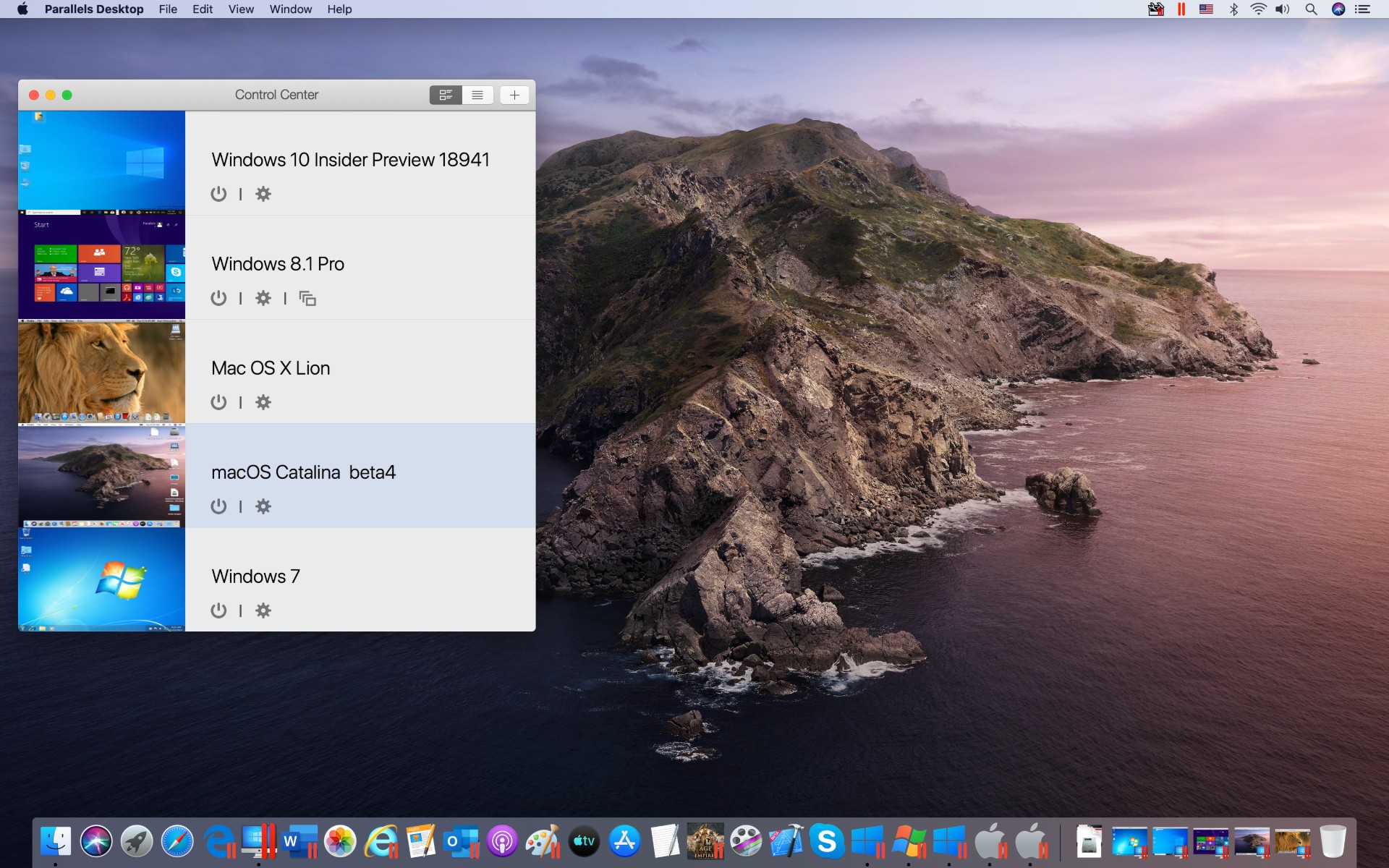


- #Review parallels desktop 10 for mac for free
- #Review parallels desktop 10 for mac how to
- #Review parallels desktop 10 for mac install
- #Review parallels desktop 10 for mac upgrade
You can also run ARM-based versions of Linux-Parallels has a menu that lets you download and install ARM-based Debian, Fedora, Kali Linux, or Ubuntu. On an M1 Mac, Parallels lets you run the freely available and ARM-based developer beta versions of Windows 10 or Windows 11. What Platforms Does Parallels Desktop Support?
#Review parallels desktop 10 for mac how to
Check out our article on how to run Windows apps on your Mac for additional free options. If price is what matters most, you can use the free VirtualBox or UTM solutions, but I think you’re better off spending money for VMware or Parallels rather than struggling with the free apps. Notably, VMware offers a free version that lets you run existing emulated systems, but not create new ones. Upgrades to the latest version of the Player edition for current users cost $79, while upgrades for Pro users to the latest Pro version cost $99. It charges $149 for the standard Player edition and $199 for the Pro version. VMware Fusion is pricier than Parallels Desktop. A Business version, priced identically to the Pro version and with the same support for RAM and CPUs, offers centralized management and a single volume license for multiple machines. If you’re using graphic- or math-intensive Windows software, you’ll need the Pro version. The Standard version supports virtual machines with 8GB of RAM and four virtual CPUs the Pro version upgrades those specs to 128GB of RAM and 32 CPUs.
#Review parallels desktop 10 for mac upgrade
You can also purchase a one-time upgrade to the latest, single-license version of Parallels Desktop's Standard edition for $49.99. Of course, you’re better off starting out with a subscription to the Standard or Pro version. The Pro edition costs $99.99 per year and you can try it free for 14 days.īecause the Parallels app is so deeply integrated with macOS and new iterations of macOS often require new versions of Parallels, I strongly recommend the subscription model. If, however, you’ve already bought a one-time license to the Standard edition, you can upgrade to a Pro subscription for $49.99 per year instead of paying the full Pro version subscription price.
#Review parallels desktop 10 for mac for free
The subscription version includes any upgrades to new versions of the software during the payment period, while anyone who buys a permanent license version is not eligible for free version updates. Students can get the Standard edition for $39.99 per year. The Standard edition, which is intended for home users, costs either a one-time fee of $99.99 or $79.99 per year. Parallels Desktop offers both Standard and Pro editions of its software.

While it does seem possible to install a Windows 11 preview for Arm machines, you’ll probably want to proceed with caution. The catch for M1 users is the same as when Parallels first added support for Apple’s latest machines - you’ll only be able to emulate Arm-based operating systems, which means you’ll be limited to Windows on Arm. Parallels supports both Intel and M1 Macs (though there’s a catch for those running Arm-based machines), and can even be used to run the Windows 11 preview for those who can’t wait. Parallels Desktop 17 will allow Mac users to experience Microsoft’s next version of Windows in a window on their Mac desktop.

Windows 11 is coming to Macs, even those without Boot Camp.


 0 kommentar(er)
0 kommentar(er)
